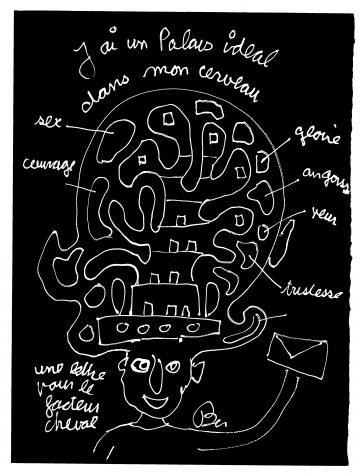Ben 1935
Benjamin Vautier, known as BEN, was born in Naples in 1935. A conceptual artist, he joined the Fluxus group in 1962. He is also close to the artists of the New Realism. Wondering early on what to do after Duchamp, he is convinced that “art must be new to bring a shock”, and defends that everything is art. His work deals with ethnicity, ego, truth, sex, death, and doubt. Recognisable by his white writing on a black background, his first writings date from 1953. They can be invectives to the public or the art world, comments on current events, scenarios or even challenges. Often making the viewer smile, the artist invites us to think through his naive writing, which shakes up our certainties with great simplicity. In 1958, he questioned the question of signature and self-referencing, signing individuals that he called “living sculptures”. From 1960 onwards he produced actions and performances.
His works are presented in the greatest private and public collections in the world, notably at MoMA in New York, the M.A.C in Lyon, the Musée national d’art moderne et d’art contemporain in Nice, but also in Minneapolis (USA), Sydney (Australia), Vienna (Austria) and elsewhere. Among his numerous exhibitions, he participated in Documenta V at the invitation of Harald Szeemann in 1972. His work was also shown in the group exhibition A propos de Nice inaugurating the Centre Georges Pompidou in 1977. The exhibition Les Egos étranges was held with his friends at the Château de Hauterives in 2016. He is represented by the Daniel Templon Gallery.
J’ai un Palais dans mon cerveau 2012
His work J’ai un Palais idéal dans mon cerveau (I have an ideal palace in my brain) presents a character with an oversized skull. Always drawn in white paint on a black background, the work is characteristic of the artist’s work, but differs from what we usually know of him through his drawing. In this brain, an ideal Palace with sprawling forms takes place. The figure is smiling and holding a letter high. The title occupies the top of the composition while other writings gravitate around the character. It is written: “sex”, “courage”, “glory”, “anguish”, “fear”, “sadness” and “a letter for Postman Cheval”. With these words, the artist recalls the inner turmoil of artistic creation and at the same time brings the work of the postman Cheval closer to feelings. As in the naive architecture of the postman, in which religious texts, death, brotherhood and nature take their place, BEN’s work refers to disparate notions, which also come together in one and the same place, that of a poetry.

